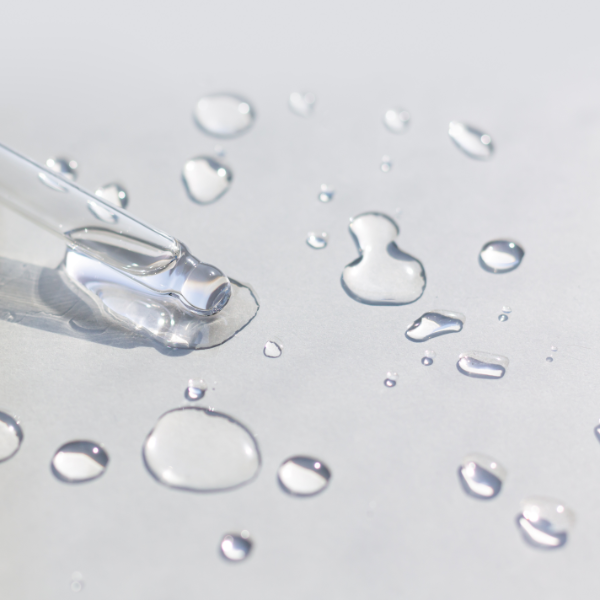Understanding Skincare Labels and How to Read Them
by Deborah Duffey, Chief Product Development Officer and President May 17, 2024

We get it, sometimes it feels like you need a degree in chemistry just to understand the ingredients in your skincare products. Thankfully, deciphering cosmetic ingredient labels is easier than you think. In this guide, we'll break down the basics of reading these labels so you can make informed choices.
Order of Ingredients
Ever wondered why ingredients on skincare labels seem to be arranged in a specific order? It's because they follow the International Nomenclature of Cosmetic Ingredients (INCI) system, which mandates that ingredients are listed in descending order of concentration. This means that the ingredient with the highest concentration appears first, followed by those present in decreasing amounts. By understanding this hierarchy, you can gauge the potency of a product's formulation.
INCI Titles
INCI titles, or International Nomenclature of Cosmetic Ingredients, are standardized names assigned to ingredients used in skincare formulations. While these names may seem unfamiliar at first glance, they provide a universal language that allows consumers to identify ingredients across different products and brands. Learning to recognize common INCI titles can empower you to decipher ingredient lists with ease.
Active vs. Inactive Ingredients
Active ingredients are the powerhouse components of skincare products, responsible for delivering specific benefits such as hydration, exfoliation, or anti-aging effects. Examples of active ingredients include retinol, vitamin C, and hyaluronic acid. Inactive ingredients, also known as excipients, serve as carriers, stabilizers, or preservatives. Common inactive ingredients include water, emulsifiers, and thickeners.
Transparency in Ingredient Listing: Legal Obligations
When it comes to ingredient transparency, are skincare companies required to divulge all their secrets? In most jurisdictions, skincare companies are legally obligated to list all ingredients used in their products. This includes both active and inactive ingredients, as well as potential allergens. However, there may be exceptions for proprietary blends or trade secrets, in which case companies may opt for more generalized terms such as "fragrance" or "preservatives."
Making Informed Decisions
It's important to understand your skin type and how it responds to the products you use. Look for products with high concentrations of active ingredients that target your specific skincare concerns. Pay attention to potential allergens or irritants, especially if you have sensitive skin. And don't forget to consider factors like manufacturing standards, the quality of the ingredients used, and brand guarantees when making your decision.




